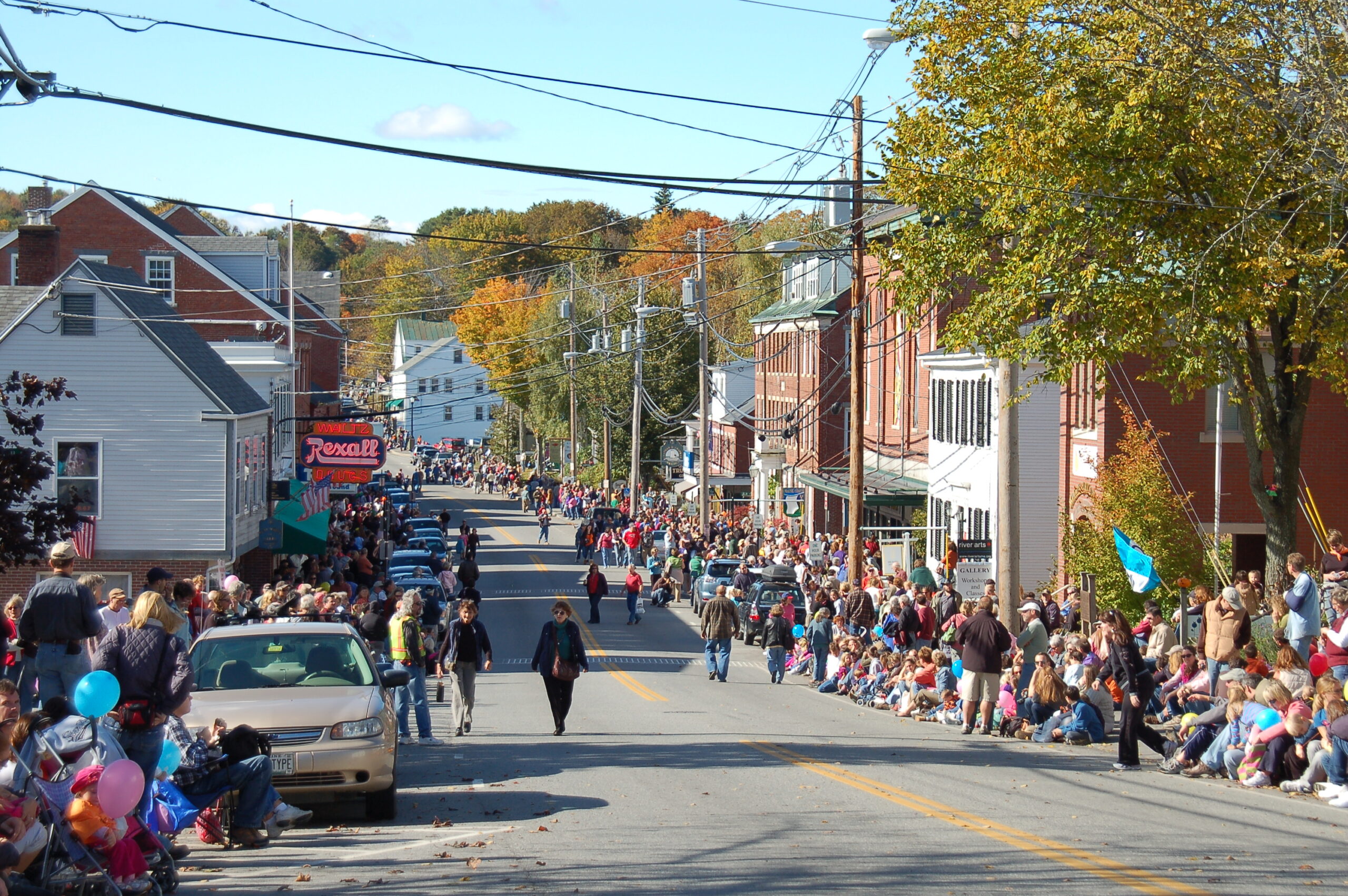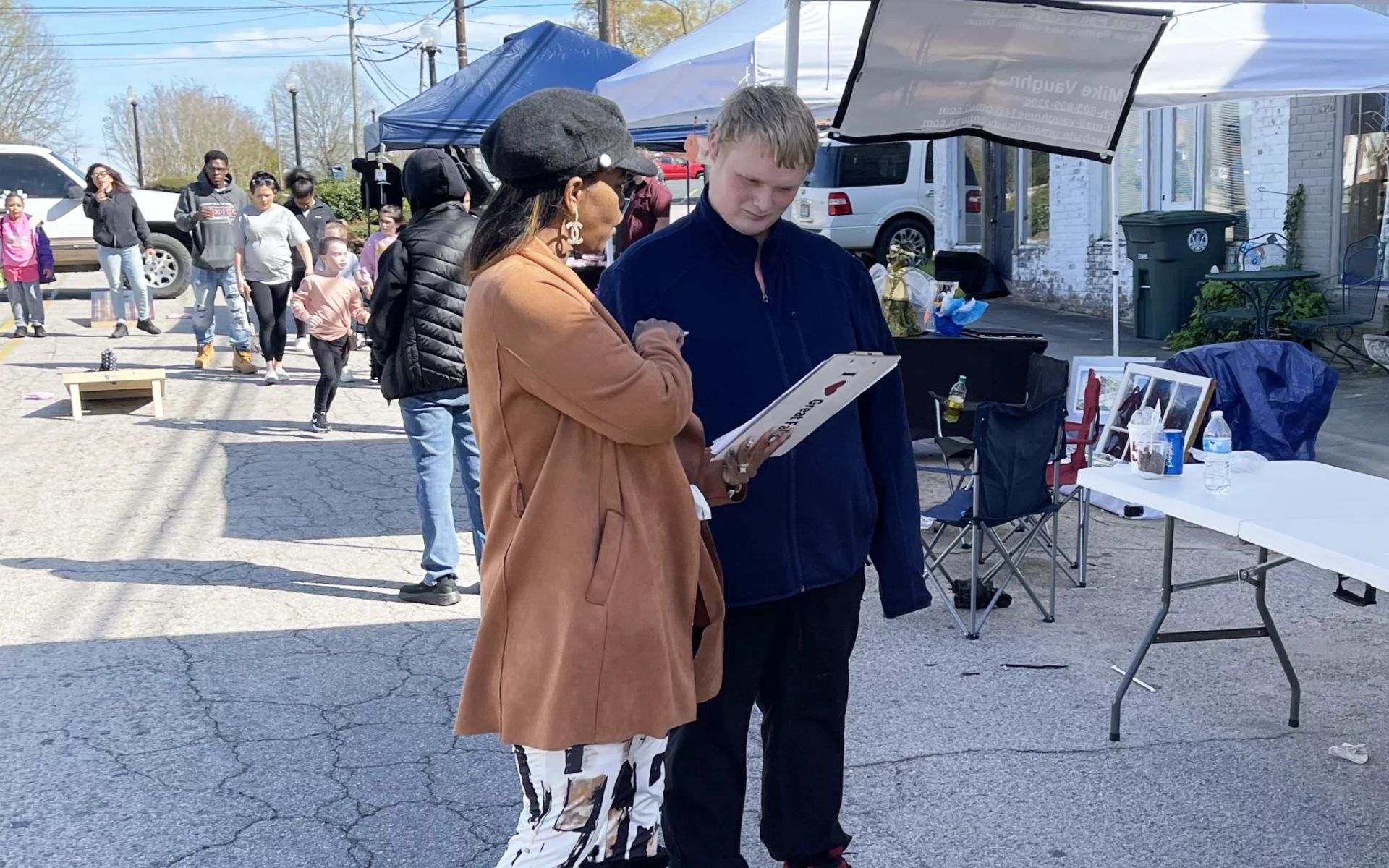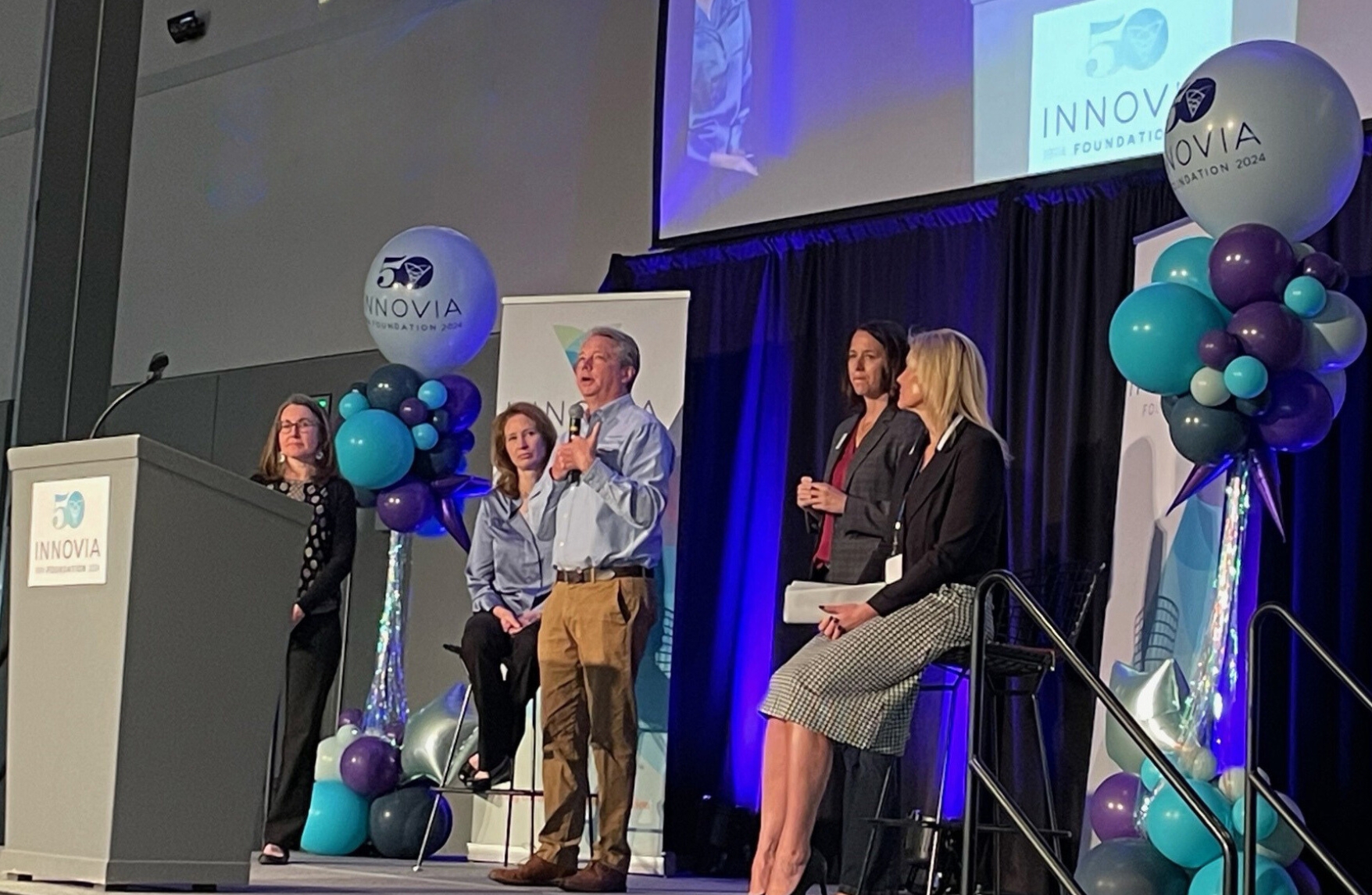Building a Legacy: Great Falls Residents Plan a Brighter Tomorrow Today
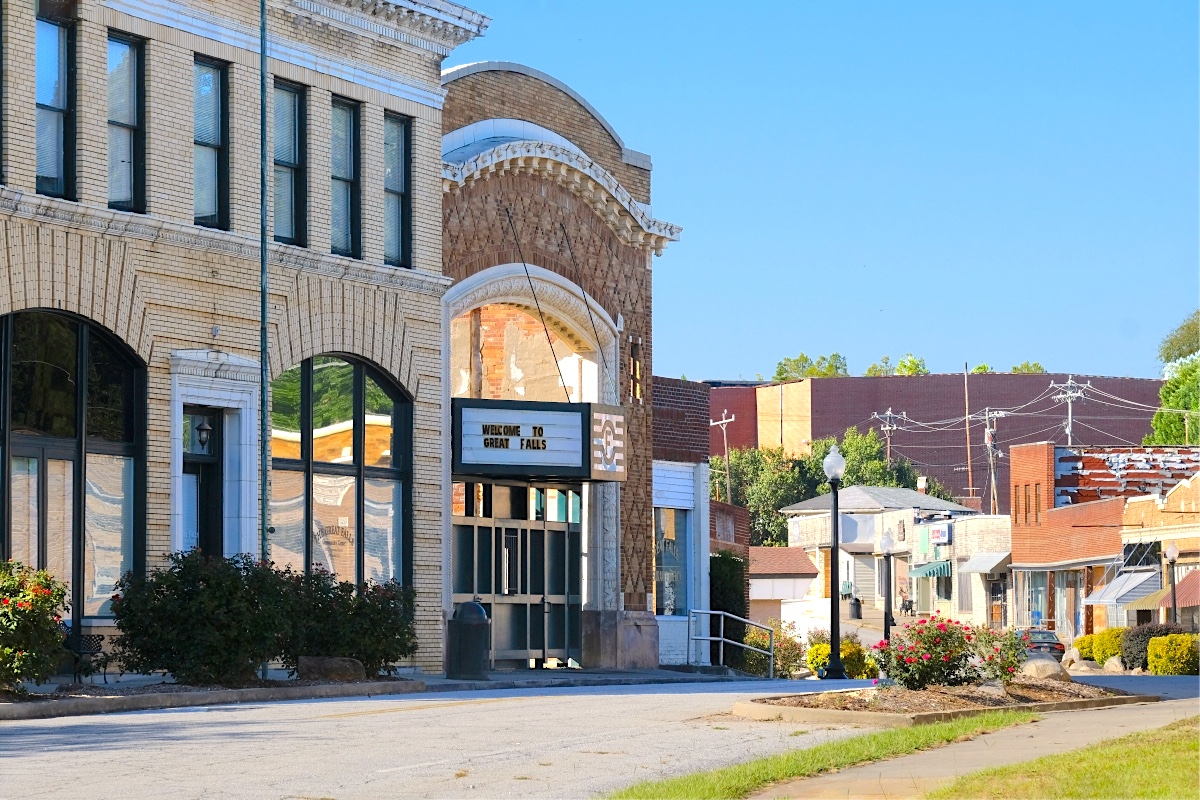
Passing through this South Carolina town, one might only see shuttered mills. But stopping to meet the people, and listen to their stories, one will find a town that’s actively engaged in discussing and planning its future – one where residents are optimistic and that aims to include all residents.
The town of Great Falls, South Carolina, gets its name from the cascading falls found along the 220-mile-long Catawba River that begins in the Appalachian Mountains in Western North Carolina and flows into the Piedmont of South Carolina, eventually becoming the Wateree River.
At the turn of the 20th century, the falls pulled energy magnate JB Duke to the region. In 1907, the Southern Power Company, which would later become Duke Energy, opened the enterprise’s inaugural hydroelectric construction project: The Great Falls Hydro Station.
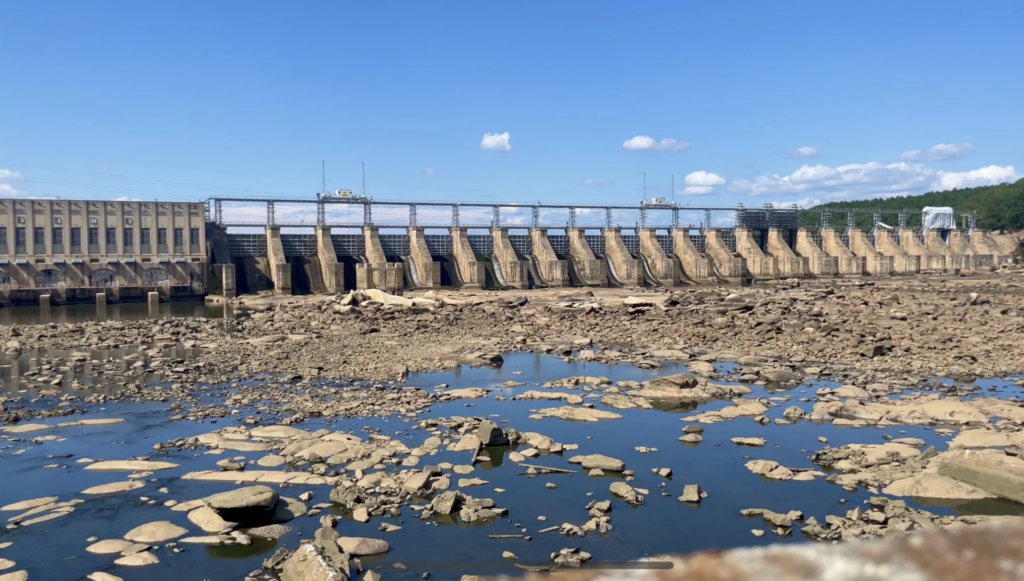
At the juncture when the agriculture and industrial eras were shaking hands, Duke opened three Republic Cotton Mills, leading to the founding of the town of Great Falls and its identity then as a mill village. At its peak in the 1950s, more than 3,500 residents called Great Falls home.
But like many towns and villages throughout the region, textile mills shrank or shuttered, stunting further growth and ushering in a recession to fewer than 2,000 residents today.
And yet, place and people remain at the core of Great Falls today.
Community members are actively engaged in remembering what was, observing what is, and envisioning what yet might be. The people of Great Falls have, in part, their neighbors – the residents of both nearby Fort Lawn and Kershaw – as well as an area foundation to thank, as they are mid-stream in their Great Falls Heart & Soul process.
Building the Foundation of Community Heart & Soul in South Carolina
In April 2016, Susan DeVenny, the president and chief executive officer of the Arras Foundation, a health legacy foundation headquartered in Lancaster, South Carolina, with a mission to improve the wellness of area residents in Lancaster and Chester counties, attended a Council on Foundations conference. There, she learned about Community Heart & Soul, a unique, four-phase, ongoing community development model that unites residents by asking them to reflect on and share with each other: What they love most about their community, what future they want for it, and how to achieve it.
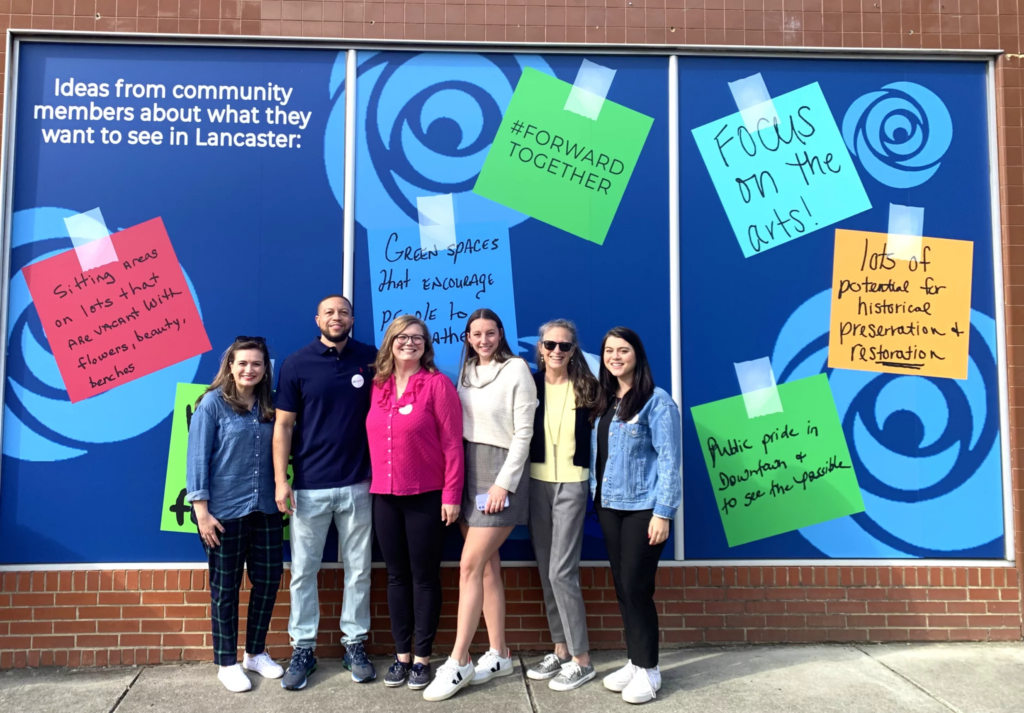
Fort Lawn and Kershaw became the first two South Carolina towns to adopt the Heart & Soul process in 2018. The foundation provided funding, and resources to support their residents, like assistance from the foundation’s team members who’d become Certified Heart & Soul Coaches, as well as organizing joint town convenings.
Some Great Falls residents watched the process playing out:
- Phase 1 – when residents are called to “imagine” – includes building awareness, piquing interest, and gaining commitment throughout the community.
- Phase 2 – when people “connect,” as the Heart & Soul team gathers stories from residents that lead to the creation of Heart & Soul Statements that identify what matters most to them and celebrates what they love about their place.
- Phase 3 – when residents shape an action plan based on those statements.
- Phase 4 – when community members use the plan to inform future town planning, having listened to what was heard and knowing what is wanted.
But rather than just observe, Great Falls residents invited those from Fort Lawn and Kershaw to tell them about their experience.
Ultimately, they asked: Is it worth it? Unequivocally they heard: Yes.
Securing Grant Funding to Begin Heart & Soul Process
In 2021, a small group of volunteers assembled to explore Great Falls’ readiness to initiate the Community Heart & Soul process in their town. Among them was Shelley Price, the executive director of GRASP (Great Falls Referral and Assistance Service Project) Crisis Relief Center.
Over the decades, as needs in the town evolved, so did GRASP’s work. With nearly one-out-of-three residents in Great Falls living under the Federal Poverty levels today, GRASP’s mission includes providing assistance with utility payments, food, prescriptions, and resource referrals, and operating both a food pantry (in the same space as its office on Dearborn Street) and a thrift shop just a few blocks down.
“Being from a small town, you know, you can really get looked over,” Price said. “People can pass through and think, ‘Oh, my gosh, why would anybody want to go there? Stay there?’ You can really be dismissed quite quickly, and that’s sad, and bad, for people who do that, because there’s so much good here that you don’t know unless you stop and talk to the people, unless you really take a good look around, and meet people.
“I think we’re easily dismissed until you get to know us, and I think that is so key here – to really get to know the heart of our community, that love that we have for each other, that sense of purpose.”
The town does not have a town manager. So, Price used a well-honed skillset to help the Great Falls Heart & Soul team write the application to the Community Heart & Soul Seed Grant Program. Needing a one-to-one match to receive the $10,000 grant, the town government used American Rescue Plan Act funds. Price and the team also wrote the application to the Arras Foundation for support – grant funding, as well as the guidance of Cynthia Curtis, one of the foundation’s community investment officers and a Certified Heart & Soul Coach – which Great Falls received. To date, in addition to the support of Certified Coaches and other resources, the Arras Foundation has awarded over $300,000 to the three towns for their respective Heart & Soul processes.
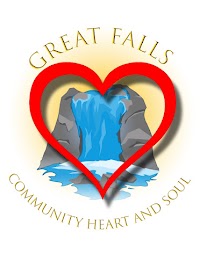
Great Falls Heart & Soul officially launched in the fall of 2022. Today, the community is moving through the second phase, which involves collecting residents’ stories that reflect the hopes and dreams they have for the future of their community. These, in turn, will be used by the Heart & Soul team to develop the town’s Heart & Soul Statements, a set of guiding principles that identify what matters most to the residents of Great Falls.
“I believe that we can hear all the voices,” Price said. “I believe that we can do the listening sessions and really find out what the people here want to come up with statements that will help community leaders, like town council, when they’re making big decisions, like what they’re thinking about now.”
Using the Heart & Soul Process to Make Decisions Today about the Future
One thing on Great Falls’ immediate horizon: The future of nature-based tourism – an effort nearly twenty years in the making.
Glinda Coleman, the executive director of the Great Falls Hometown Association, a nonprofit with the mission to revitalize the area through economic and community development, has been focused on this since the beginning. She continues to be at work on it today.
In 2003, Duke Energy, which had dammed the river to produce energy, gathered civic leaders and community stakeholders to explore a Comprehensive Relicensing Agreement. Fourteen years later – after various starts and stops, dammed and released by local, state, and federal bureaucracy – construction began to re-channel the water. In March 2023, public access opened, and kayakers, rafters, and stand-up paddle boarders, along with onlookers, got their first taste of white water in Great Falls – an area previously known for its flat waters.
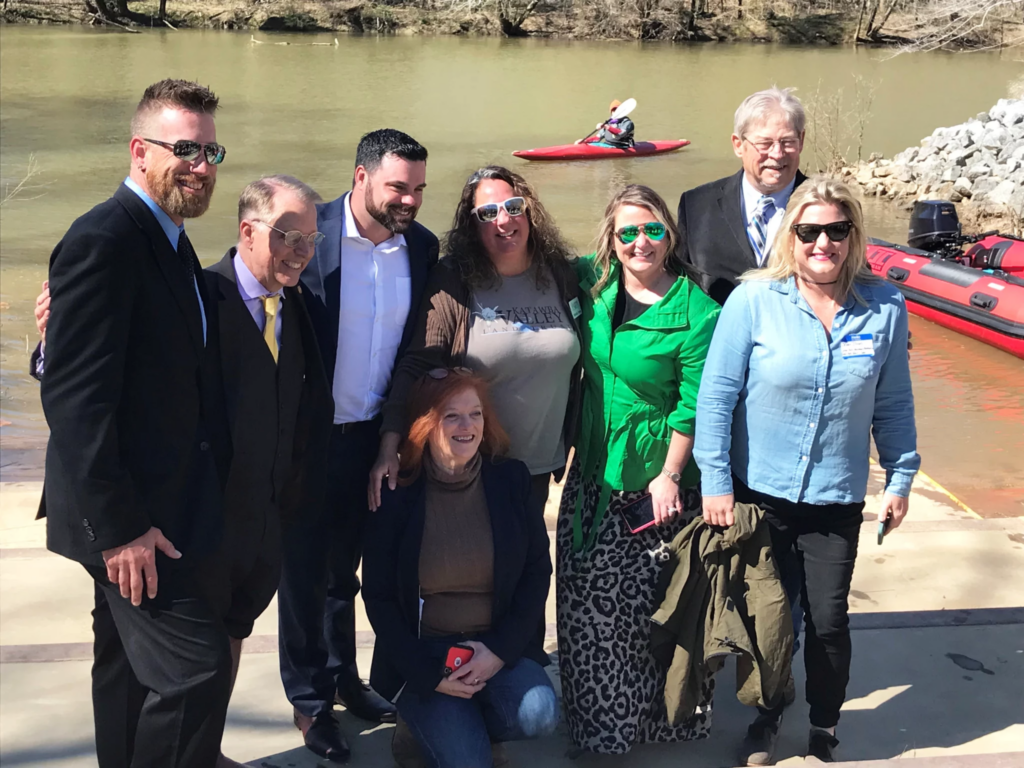
The development also includes the conversion of a hollowed-out brick building used by the power company to create the Nitrolee Interpretive Center. According to Coleman, work is continuing to link Great Falls to the Carolina Thread Trail, a regional network of trails that connects an estimated 3 million people in 15 counties throughout the Carolinas, as well as a new state park on the islands in Cedar Creek Reservoir (known locally as Stumpy Pond), starting with Dearborn Island.
Interest and excitement around nature-based tourism is building. Coleman relayed that a recent tourism fair – the first of its kind in the area, spearheaded by the county’s new director of Parks, Recreation, and Tourism – drew close to four-hundred attendees.
In addition to what progress nature-based tourism might bring, residents – like those in many other towns – are exploring the development of various industrial sites, the future of area schools, and more.
“It is going to be really important for us to listen to the stories we’ve gathered,” Curtis said, to learn how what “we’ve heard reflects this very dynamic process.”
What gathering and listening to stories has looked like so far in Great Falls: Going to the people.
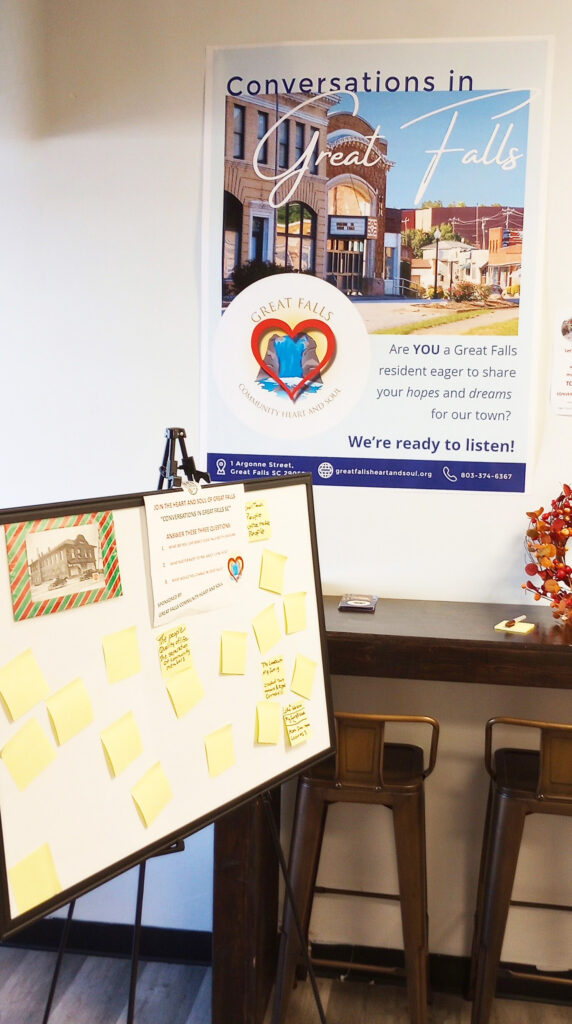
One example includes a cookout hosted at Sunset Park in the Washington Street neighborhood, where a significant portion of the population is low-income, according to Price.
“That is a community where most people living there are not coming to town meetings,” Price said. “So, we actually went into the community. I think those are the ways we’re going to get those missing voices – by going to them.”
Even though Great Falls might have a smaller population, “we do still have little communities within our town,” Price explained.
Building and developing trust with residents, Price found she could start a conversation around the assistance and services GRASP offers. Then, she can extend the conversation, asking residents, “How would you feel about sharing your story? How would you feel about talking about Great Falls, and what you love and what you don’t? And what would you change?”
Another example is making two trips to the local high school to engage teenagers.
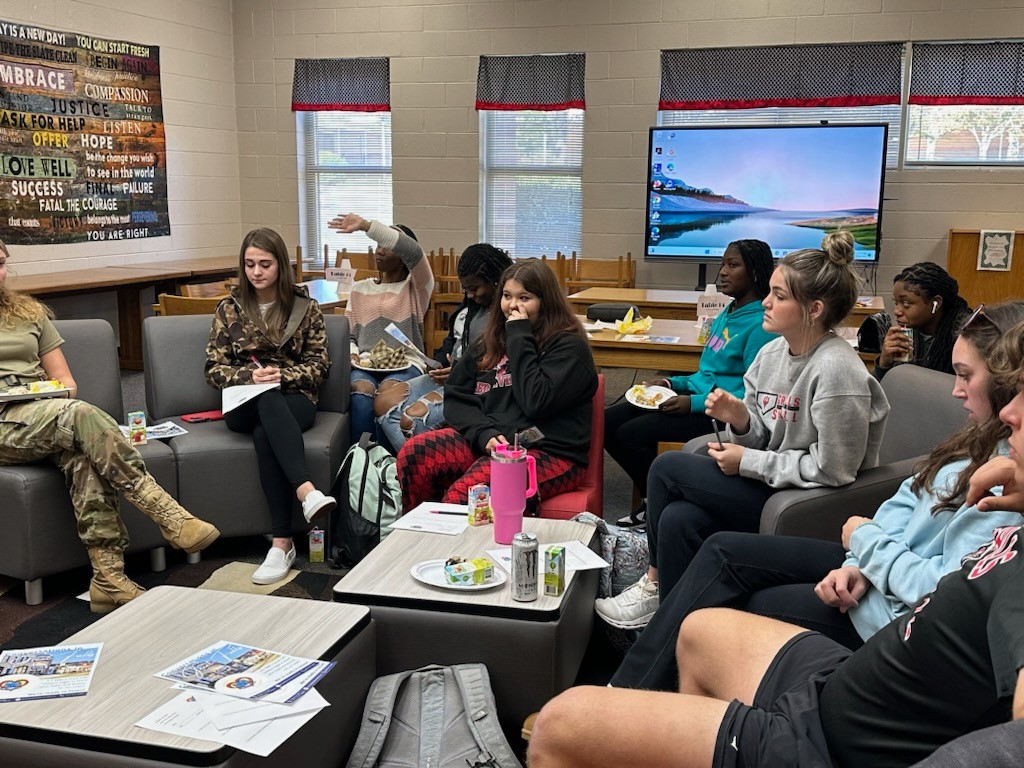
“It’s a totally different mindset – that of a teenager,” Price said. Being asked the same kind of questions, “they seem to enjoy it. Several of them actually expressed interest in volunteering and being active with Heart & Soul with other community meetings. “I really do hope we can capitalize on that later to keep that demographic involved.”
Analyzing Data, Taking Stock of Assets, Shaping Legacy Together
To Mike Vaughn, the proof is in the process when it comes to Community Heart & Soul.
“The program is simple, yet profound,” the county councilman and Great Falls Heart & Soul volunteer said. “The process matters – and if you stick to the phases and do the work with intention, you will be successful.”
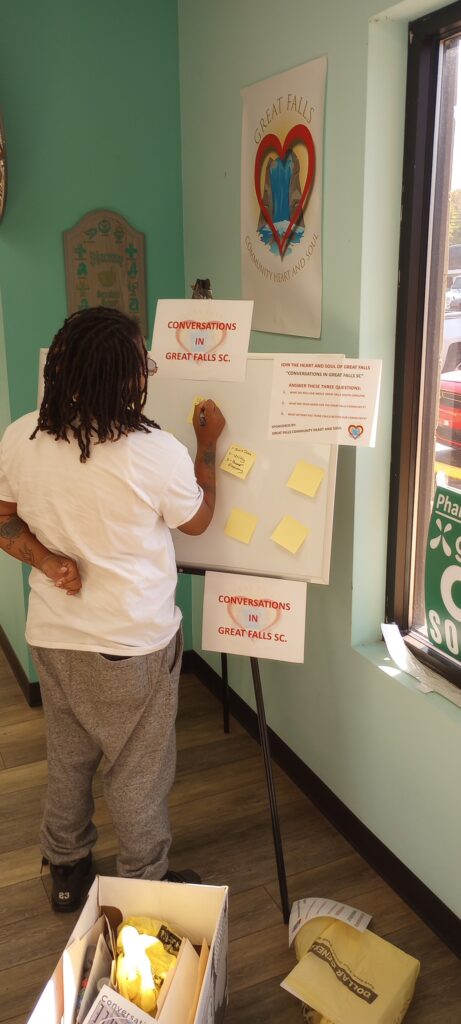
For testimony of success, one needn’t look further than the growing Community Heart & Soul footprint of more than 120 communities across 25 states with more than 750,000 residents nationwide.
Part of the process is continuing to work to include everyone. Vaughn said that from community engagement during Great Falls 2023 Fall Festival, some 90 people said they would be interested in contributing more to the process and to town conversations.
“The story-gathering phase is so important,” he said. “It really shows all of us what is important to everyone here.”
The process will reveal itself as Great Falls residents continue on their Heart & Soul journey.
“Great Falls just shouts ‘assets,’” Curtis said, “starting with the people and the natural resources. Those two themes come through with the thin data we’ve collected and in the stories: People and natural resources – the combination of those is the motor for creating legacy.”
And because of that love, and respect, of people and place, and wanting something beautiful to be there for their children, for their grandchildren, for future generations, all of that is the motor behind Community Heart & Soul and Great Falls residents working collectively to build their town’s legacy.
Want to bring Community Heart & Soul to your town? Apply for a $10,000 Community Heart & Soul Seed Grant to get started. Learn more at: www.communityheartandsoul.org/seed-grants
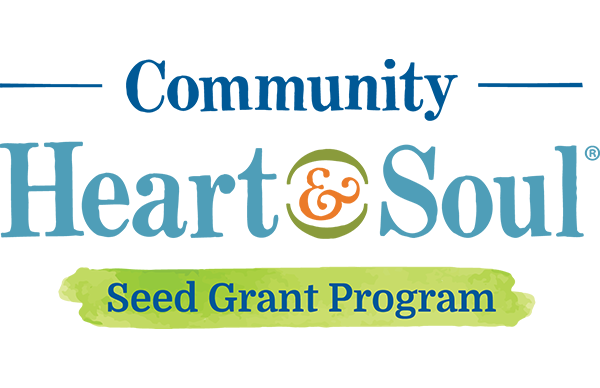
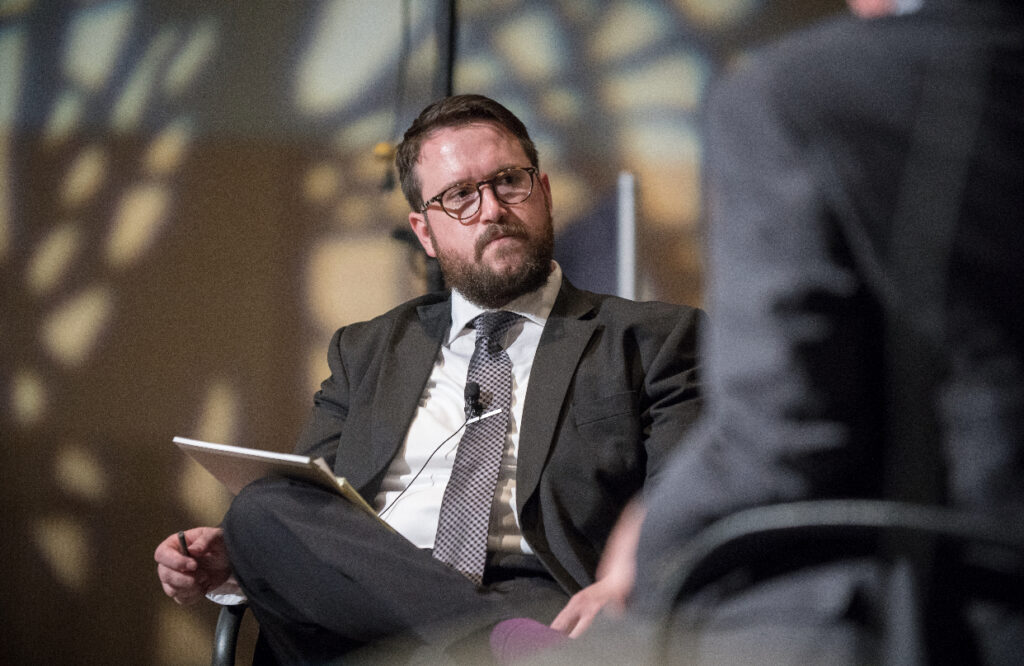
About the Author
Ben Speggen is a learner, writer, editor, interviewer, reporter, connector, researcher, educator, and administrator with one foot in the think tank world, with the Jefferson Educational Society, and the other in the journalism sector, with the Our Towns Civic Foundation, Erie Reader, Craftsmanship Magazine, among others. You’ll find more about him and his work on his Substack, Ben Here. Saw That.


